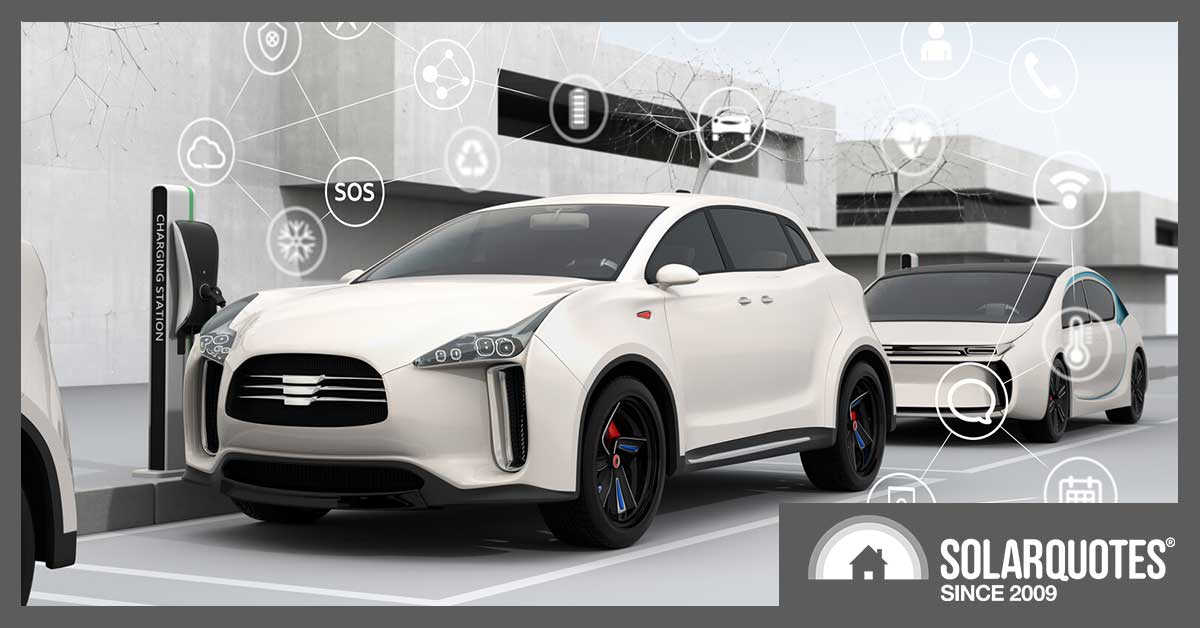Three heavyweights of the automotive industry – Honda, Ford and BMW – say they want to address one of the barriers to Vehicle-to-Grid (V2G) technology: a lack of technical standardisation. But rather than coordinate V2G via smart wall chargers, they want their cars to take control.
In a September 12 announcement, the three car-makers announced a new company called ChargeScape, which they say will:
“create a single, cost-effective platform connecting electric utilities, automakers and interested electric vehicle customers.”
ChargeScape’s primary work will be to expand what’s called the Open Vehicle-Grid Integration Platform (OVGIP).
What’s OVGIP All About?
In simple terms, OVGIP is designed to be the middleman between your electric vehicle, the electricity grid and the carmakers in a world where your car takes electricity from the grid and gives back when the grid needs it.
How Does It Work?
ChargeScape plans to roll out a single platform that connects electric utilities, automakers like BMW, Ford and Honda, and EV owners. Instead of each car brand having its own separate deal with each utility company, this platform will be a one-stop-shop for energy management.
What About the Grid?
More electric vehicles means more demand on distribution and transmission networks. ChargeScape will help even out the spikes in electricity demand by smartly managing when EVs charge up or give back energy. This isn’t just good for the grid; it’s also a way to make better use of renewable energy.
Does OVGIP Need Smart Chargers?
You don’t need a fancy Wi-Fi-enabled charging station at home. ChargeScape aims to work with the car’s telematics. So you’ll have smart cars controlling the charging with dumb wall chargers simply following the cars’ instructions.
So, What’s Next?
The company is still in the making, pending some approvals, and wants more carmakers to join this initiative.
For utilities and manufacturers, OVGIP would eliminate the need for integration work between each auto brand and each electric utility, while making it easier for utilities to create services for customers:
- cheap charging at grid-friendly times, and
- export EV battery energy to the grid at times of peak demand.
What do you think? Should the coordination be controlled by the cars via OVGIP, or should wall chargers be responsible for control via a protocol such as OCPP?


 RSS - Posts
RSS - Posts



Will it really make a difference? Charging at grid-friendly times means avoiding peak demand, say 6-8 am and 4-8 pm, but 8 am to 4 pm when the sun is out will be when most cars are out of the garage and unable to charge whilst the 8 pm to 6 am window when they’re in the garage tends to be … low on solar! : – D
If people stay home on the weekend then charging during the day would be possible, but how many do so? More to the point, could EVs go an entire week without recharging? And would EVs charging on the weekend turn weekends into peak hour rather than shoulder or off-peak?
It’s not a bad idea, it just doesn’t appear to address the fundamental problems of how and when to recharge.
I agree with George, because most cars are sitting in an employers car park during the day. So what if employers were given financial incentives to allow employees to charge their car batteries during the day when solar is at it’s peak, and employers could be paying solar sponge rates?
Incentives could be in the form of subsidies for installing charging stations, and electricity provided to employees free of Fringe Benefits Tax.
This could then be offered by employers as part of a salary package, even giving incentives to employees to switch to an electric vehicle with the promise of free fuel.
A group of car manufacturers wanting to add something to every car so they can tack on more margin across the board rather than support an accessory that might be used for multiple cars? Revolutionary.